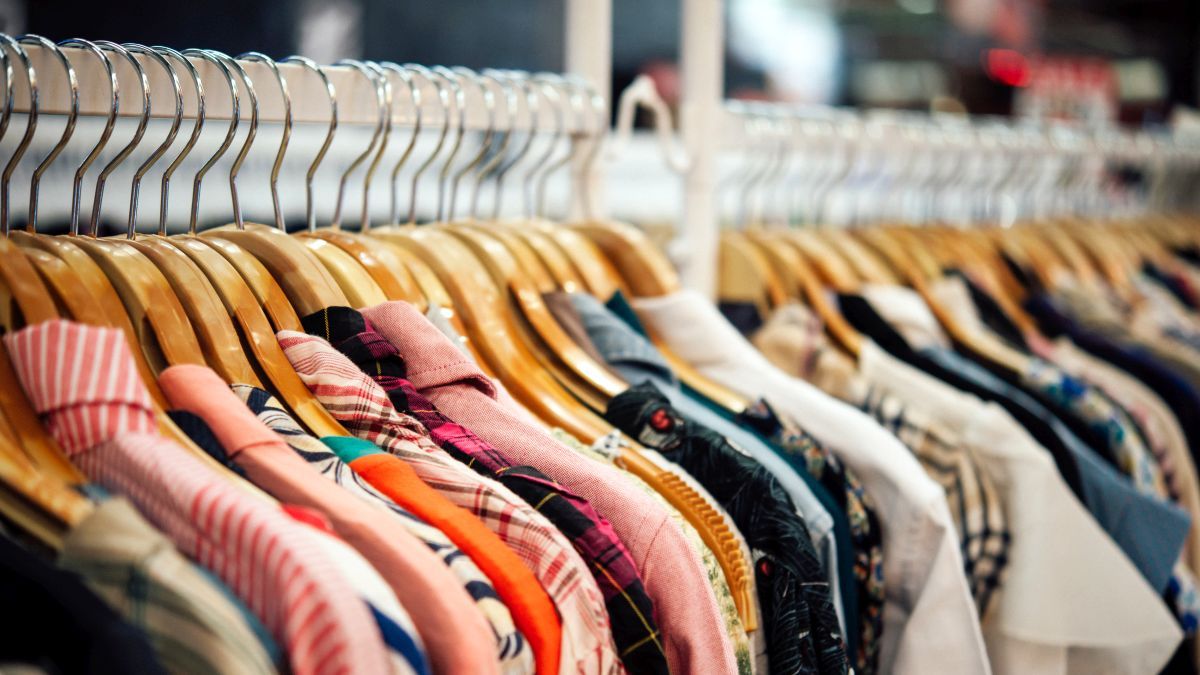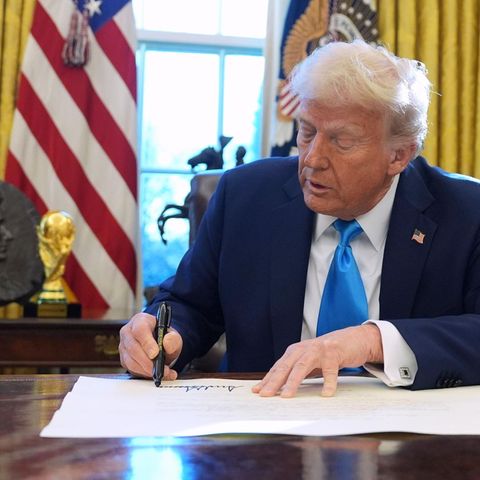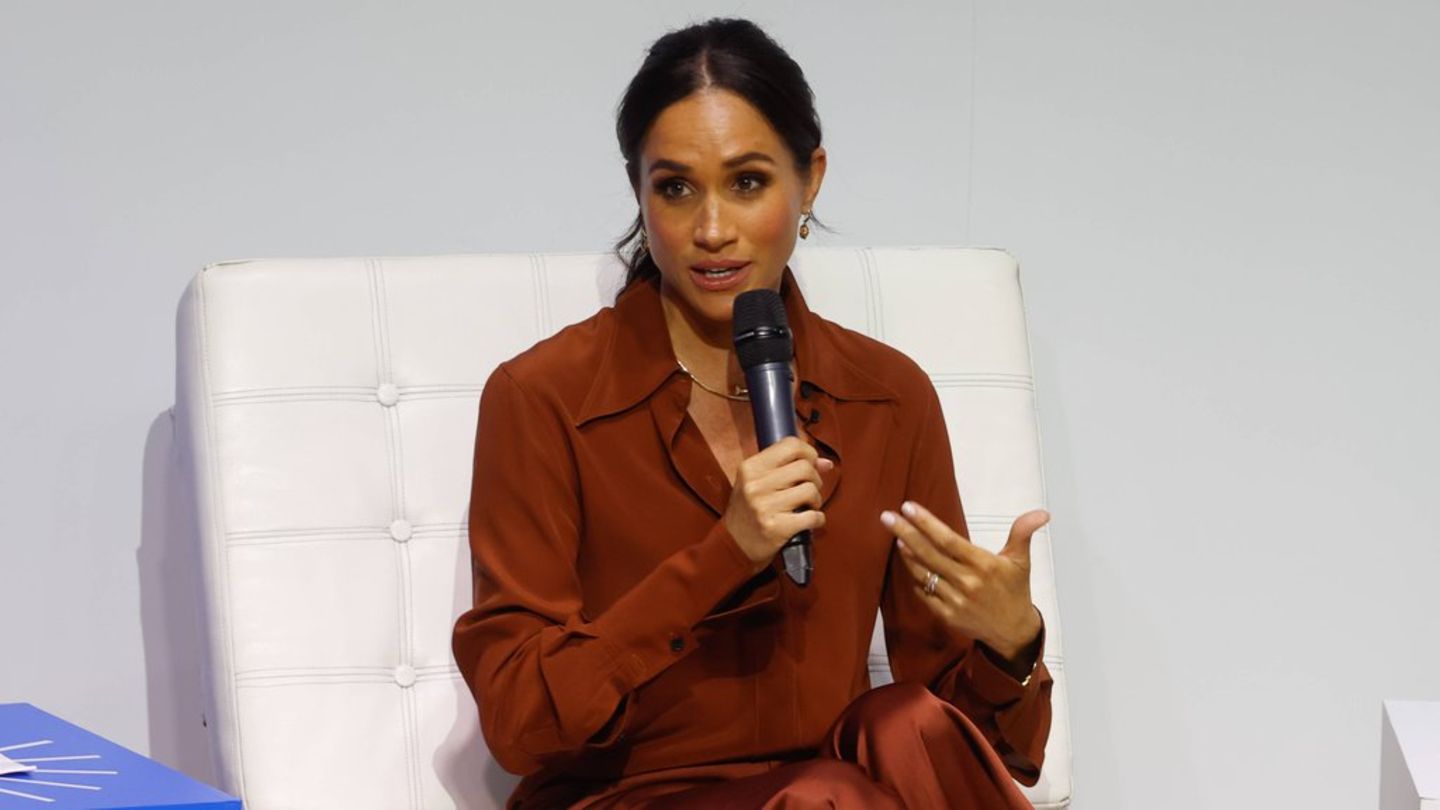In any case, the signature will not be put by the business chamber, but by each specific company, as happened with all the other agreements. From the private sector they expect it to be signed by spinning, weaving and dyeing factories, as well as various links in the industrial sector. Although they assure that there are more than 5,000 companies, in principle about 100 companies will sign, according to official sources. They believe that the request to rise below the variation in the dollar is because “50% of the sector is imported”, and even the raw materials that can be produced in Argentina, such as cotton, are moved in dollars because they are commodities.
On the side of clothing and brands, they say that the agreement is “fundamental”. It is that in September the Chamber of Clothing (CIAI) signed an agreement with the Secretariat to freeze prices until the first of December with 60 brands, and then a period of 6 months to update according to the exchange rate. This new agreement with the value chain, they say, will help “contain costs.”
The arrival of agreements, first in clothing, and now in textiles and yarn, arises due to strong criticism of the sector for the Indec numbers. In the last year, clothing and footwear rose 118%, against inflation of 83%, according to the latest data for September. In the case of wholesale prices, textile products rose 94.8% and garments made of textile materials 112.1%, against year-on-year wholesale inflation of 78.4%.
“We are going to sign to give a signal, we want to help,” said Luciano Galfione, a textile businessman and president of the Proteger Foundation. In any case, he clarified that he does not know what impact it will have on the rise in prices that the Indec reveals, since it is an “atomized” sector, in an extensive and widespread chain, with thousands of brands, where the industry does not control the variables of trade. accessed by the consumer. For his part, Jorge Sorabilla, also from Proteger, added: “I hope it doesn’t fail to impact prices, but the textile value chain influences 15-20% of the final price of clothing.”
In fact, in the last two years, textile businessmen held meetings with Marco Lavagna, head of Indec, to reject the numbers. They ask that the way of surveying prices be updated, since it is done with the methodology of habits and consumption of 2004, the year in which digital platforms did not exist, so the prices of pages such as Mercado Libre are not weighted. “Nor did Avellaneda Street exist at that time, where a large part of consumption moves today,” claimed a textile businessman.
Galfione, from Protejer, assured that the best way to lower prices is to expand the offer, with greater productivity. In fact, at the 2022 textile convention that takes place every year, and which took place this Thursday in Pilar, one of the data he commented on was investment: he anticipated that the year will close at US$235 million in goods capital, while last year it was US$209 million. “An all-time record,” he asserted.
In exchange for the agreement, the industry will ask to oil the import system, due to the concern of the new SIRA system. They assure that raw materials without local manufacture, which passed to a non-automatic license, are not being approved, so there are plants that have already begun to advance vacations. While the competitors that import these fabrics via precautionary, enter the merchandise via precautionary. “They are imported by a company from Tierra del Fuego, they have 8 months of production, sheds with 6 manzanas of cloth,” a businessman complained. From the sector they assure that there are US $ 900 million that entered by shelters, being 91% of the cases “resellers”. “As much as it is imported, it is not cheaper, because you have to pay those law firms,” said another source.
Source: Ambito
David William is a talented author who has made a name for himself in the world of writing. He is a professional author who writes on a wide range of topics, from general interest to opinion news. David is currently working as a writer at 24 hours worlds where he brings his unique perspective and in-depth research to his articles, making them both informative and engaging.




